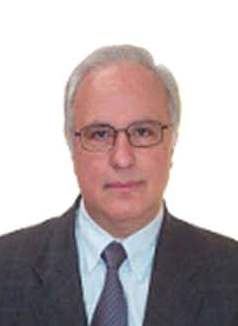A Possible Theory for Particle Composition of Matter Based on Only Three Functional Quantum Particles
Year: 2011 Pages: 43
This work presents the possibility of revising the standard model of subatomic
composition of matter, extending the ?inverse square law? from gravity and electric fields
to also the thermal effects. It is shown that assuming only three proposed particles and
only three relevant interactions, simple explanations can be provided for all natural
phenomena, particularly those in which the existing theory does not provide documental
and convincing answers. The paper starts with the description of a unique reaction
between two types of the proposed subatomic particles thus producing the so-called
?thermions' that finally form an elastic Cubic Energy Grid under mechanical stress. Then
the existence of the three known phases of matter is explained. The meaning of ?heat' is
redefined without focusing on the usual kinetic energy of atoms and molecules. The
elimination of anomalies in a closed system is explained through an asymmetrical
oscillation. Also, the paper attempts a new interpretation of the creation of the universe
from a huge electric discharge based on the simultaneous creation of the three subatomic
particles. It describes ?monopoles' as the first quantized agglomerates of pure energy and
explains why they bound to form ?dipoles', which later progressively form larger
agglomerates. In the sequence, it describes the crystallization as a first resistance line that
the nature foresight to avoid the self-destruction of the universe. The paper closes with
possible models of electron and positron as well as of neutron and proton based on only
the three proposed subatomic particles. At the same time, the equivalent mass of a
thermion as well as the quanta of positive and negative electric charges is determined.


